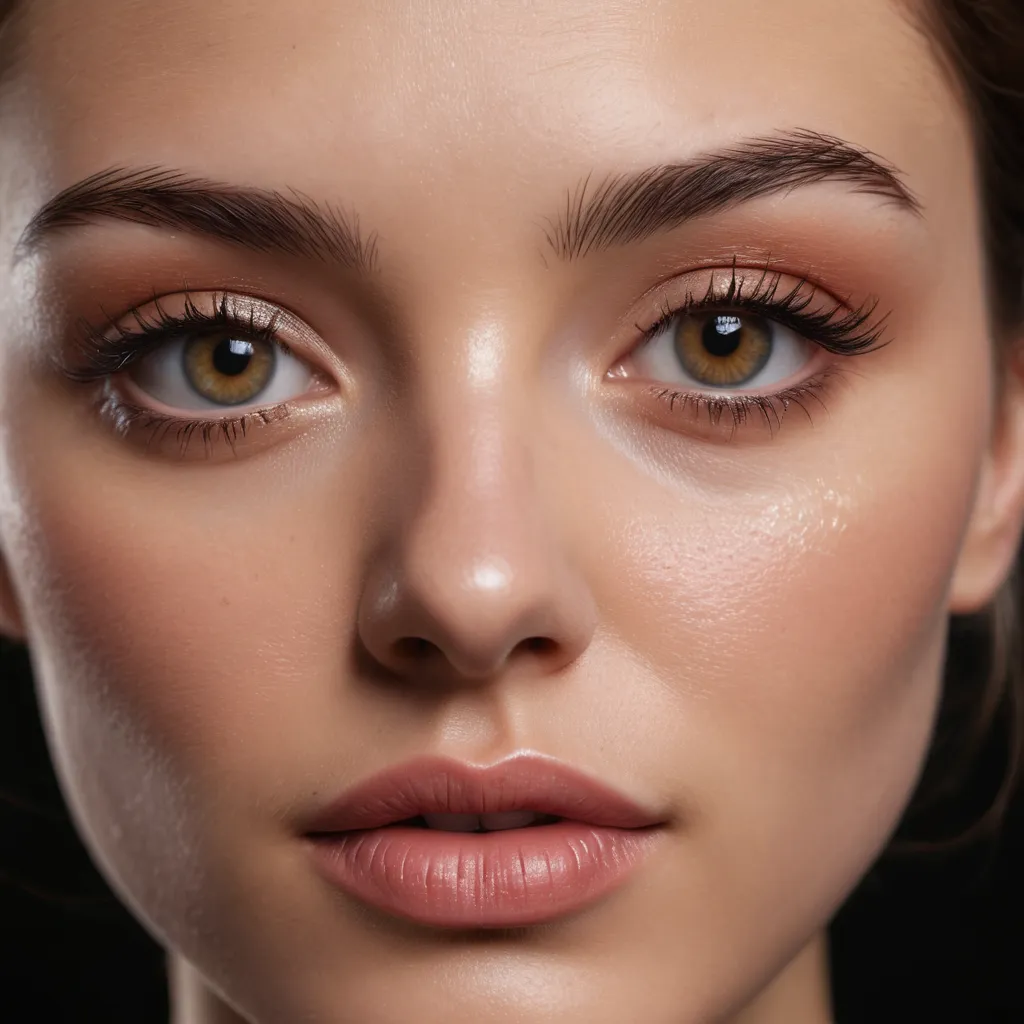
When preparing to tackle the art of makeup application, one may ponder a seemingly innocuous yet pivotal question: “Which comes first, concealer or foundation?” This inquiry, while simple at first glance, evolves into a complex challenge of technique and preference, echoing in the minds of makeup aficionados across the globe. Understanding the nuances of layering these two essential products can significantly impact the final aesthetic, whether one opts for a natural look or something more avant-garde. Hence, this guide aims to elucidate the optimal order for applying concealer and foundation, bolstered by a comprehensive examination of the underlying principles, techniques, and personal preferences that govern this choice.
Understanding the Functionality of Foundation and Concealer
Before delving into the mechanics of application, it is essential to demystify the distinct roles that foundation and concealer play in the makeup arsenal. Foundation serves as the foundation—pun intended—of a makeup look. It provides an even canvas, balancing skin tone and texture while granting a harmonious base for subsequent layers. Conversely, concealer acts as a targeted corrective tool, designed to obscure imperfections such as blemishes, dark circles, and hyperpigmentation. Hence, one must consider how these products not only interact but also how their functionalities complement each other when layering.
The Traditional Approach: Foundation First, Concealer Second
In the realm of conventional makeup application, the predominant methodology dictates that one should apply foundation prior to concealer. This traditional approach is particularly favored for several compelling reasons. First and foremost, applying foundation first allows for a comprehensive coverage of the entire visage. By establishing a uniform base, any residual imperfections that may still show through can subsequently be masked with the judicious application of concealer.
Moreover, using this sequence fosters a seamless blend, as the concealer can melt into the foundation, enhancing the illusion of a flawless complexion. A solid foundation creates the ideal backdrop for applying concealer; no small feat if one is aiming for an undetectable finish. For the most skilled artisans, this method is akin to laying down the first strokes of a painting before adding intricate details.
Embracing the Reverse: Concealer First, Foundation Second
Yet, adhering strictly to tradition may inadvertently stifle creativity. As makeup artistry evolves, so too does the approach to layering products. The alternative—applying concealer before foundation—gains traction among those who prefer a more tailored application. This technique allows the individual to address particular flaws more directly, specifying where additional coverage is most needed.
Adopting this method can also be advantageous for individuals possessing unique skin concerns, such as heightened redness or pronounced dark circles. By placing concealer first, one can gauge the extent of coverage required before applying foundation, thereby avoiding the potentiality of caking or over-layering. This precision not only cultivates a personalized finish but ensures that the foundation accentuates rather than obscures essential features.
Finding the Balance: Skin Type and Preferences
Ultimately, the decision of whether to apply concealer or foundation first may hinge upon individual skin types and personal preferences. Different skin types can react distinctively to various products, necessitating a tailored strategy. For instance, individuals with oily skin might find that applying foundation first helps to control excess shine, while those with dry skin may benefit from concealer taking precedence to avoid accentuating dry patches.
Furthermore, differing textures—from liquid to cream—can dictate application order. In general, a thicker concealer paired with a lighter foundation will lend itself well to the traditional sequence. Conversely, if a fluid concealer is utilized, one might find layering it beneath a more matte foundation produces an aesthetically pleasing balance.
The Importance of Technique: Tools of the Trade
A crucial aspect of mastering the art of makeup layering lies in the tools employed during application. Brushes, sponges, and fingers each impart distinct techniques, influencing the final outcome. For example, a damp makeup sponge can effortlessly blend concealer into the skin while minimizing articulations, thus rendering a polished appearance. Similarly, a stippling brush can provide medium coverage from foundation while allowing for targeted concealer work, achieving that coveted airbrushed effect.
Final Thoughts: Personalization is Paramount
At the confluence of beauty and artistry lies the ultimate truth: personal preference rules. Whether one chooses to proceed with the traditional approach of applying foundation first or opts for the modern twist of placing concealer as the initial layer, the most significant factor is the sentiment of satisfaction that arises from the practice. Each individual’s unique needs and aesthetic goals will sculpt the ideal regimen tailored specifically to them.
In the pursuit of makeup mastery, consider the interplay of function, texture, and technique. Which method shall grace your visage today? The answer lies in experimentation, a playful journey towards discovering what best enhances your unique beauty. After all, the art of makeup ultimately celebrates creativity, fostering an environment where innovation flourishes and every individual can unveil their most radiant selves.
